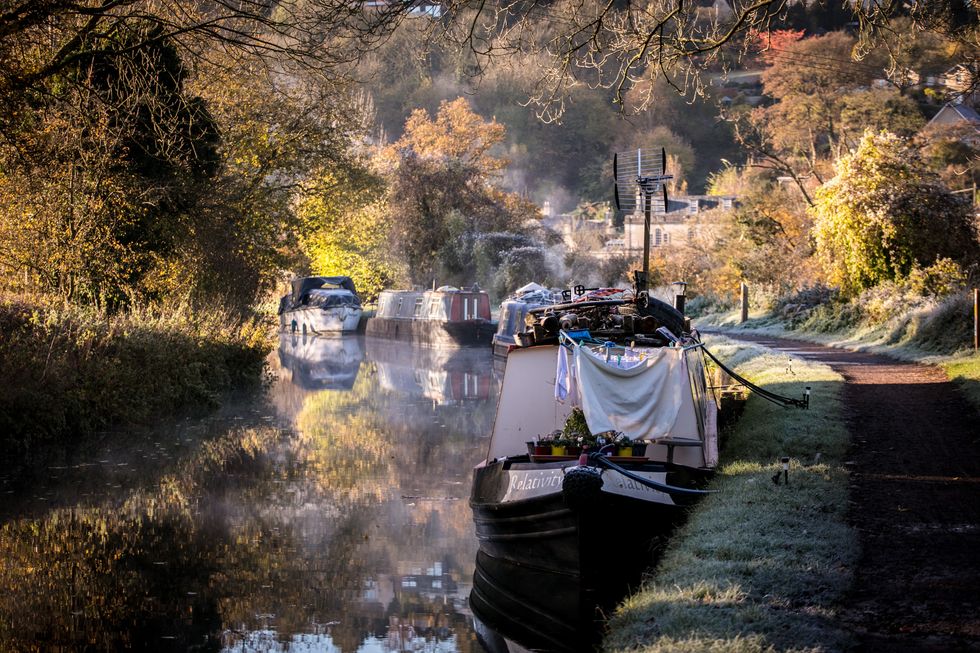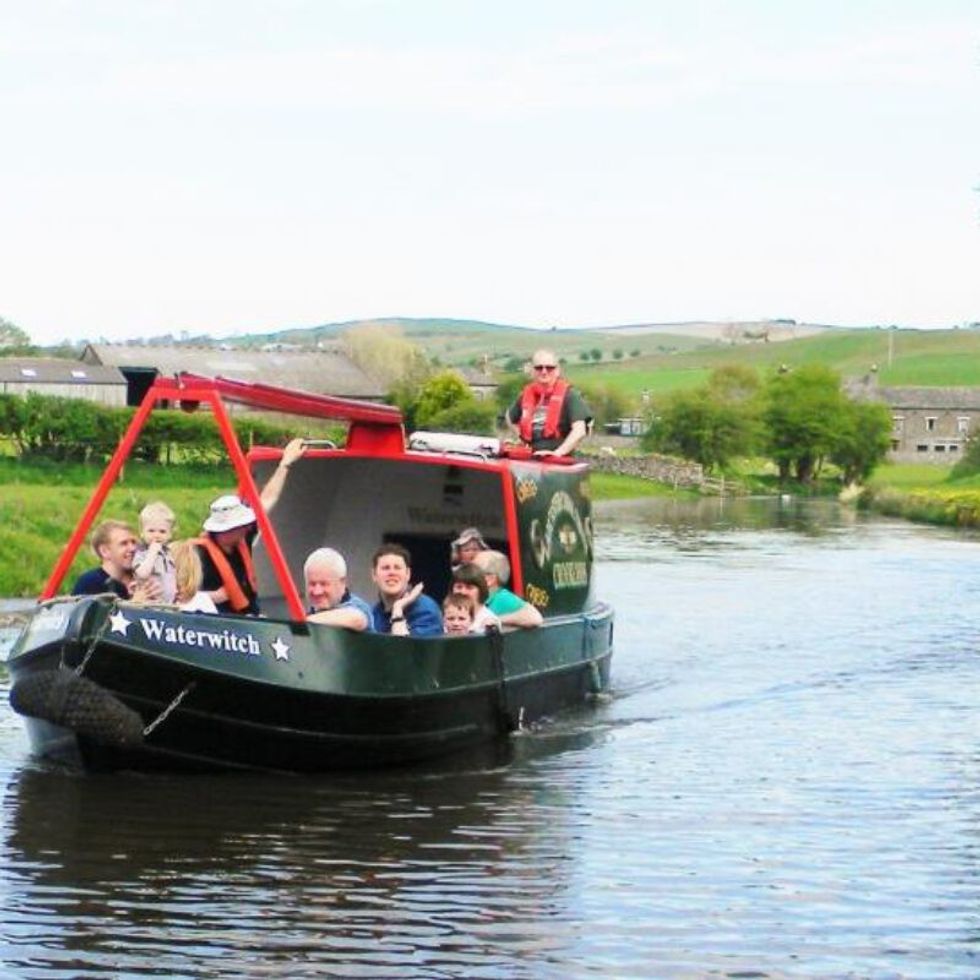The frequency with which people travel and the variety of places visited are important factors, with those who travel more than 15 miles away from home more likely to report being in generally good health. Those who visit a wider range of locations are more likely to see friends and family. This increase in social participation is then associated with improved health.
According to a new study led by UCL researchers, people who travel beyond the region of their localities feel healthier than those who remain closer to their homes. Researchers say the results provide strong evidence of the need for investment in medium and long-distance transport options, such as better-serviced roads and access to trains and buses.
For the paper, published in Transport & Health, the researchers analysed travel in the north of England, where residents face worse health outcomes than the rest of England and many rural and suburban areas suffer from poor transport accessibility.
Specifically, they looked at the links between perceived constraints to travel outside of the local area, such as a lack of suitable public transport, and self-rated health, considering trip frequency, the number of different places visited, distance travelled, car use and public transport use.
Lead author Dr Paulo Anciaes (UCL Bartlett School of Environment, Energy & Resources) said: "We expected to find that restrictions on travel through a lack of access to suitable public transport or to a private car would be linked to residents' perception of their health because of the lack of social participation.
"We explored the links between constraints to travel more than 15 miles from home, demographics and location and social participation in how residents perceived their own health, finding that the key variable is the number of different places people visit outside their local area. This links to more social participation and better health."
The researchers conducted an online survey of 3,014 nationally representative residents in the north of England. Constraints to travel have previously been identified as contributing to economic disadvantage and a lower sense of wellbeing in the region, but the impact on health hadn't been analysed before. The team used a research technique called "path analysis", which uncovers the direct and indirect effects of constraints to travel outside of people's local area.
The study found that the links between travel constraints, social participation and health are stronger among those aged over 55. Among this group, constraints to the number of different places people can travel to is linked to less frequent contact with friends and participation in clubs and societies.
Dr Anciaes explained: "Those aged over 55 are more likely to face other constraints to travel such as limited mobility. They are also more likely to suffer from loneliness. In the north of England, rural and suburban areas with limited access options are more likely to experience population loss as young people move to the cities in search of work and good travel options. Meanwhile, older generations are left behind in these areas with limited transport options. The range of places they can visit is low, leading to less social participation and lower levels of general health.
"The results of this study emphasise the need for public policies that reduce constraints to travel in the region, by providing better options for private and public transport that allows for more frequent and longer trips."
(ANI)

















 Natural beauty and architectural splendourGetty
Natural beauty and architectural splendourGetty Peaceful waters and stone-built aqueductsLancaster Canal Trust
Peaceful waters and stone-built aqueductsLancaster Canal Trust
 Diljit Dosanjh and Prabal Gurung attend the 2025 Met GalaGetty Images
Diljit Dosanjh and Prabal Gurung attend the 2025 Met GalaGetty Images 
 Firoza and RupaliTom Bradley
Firoza and RupaliTom Bradley
